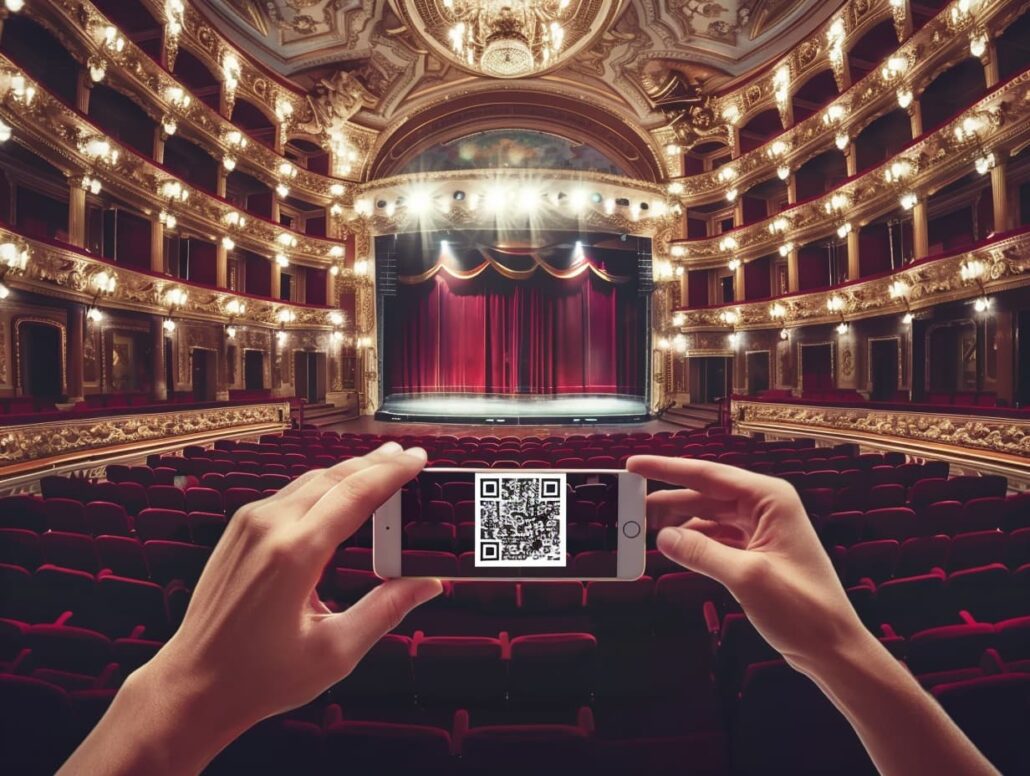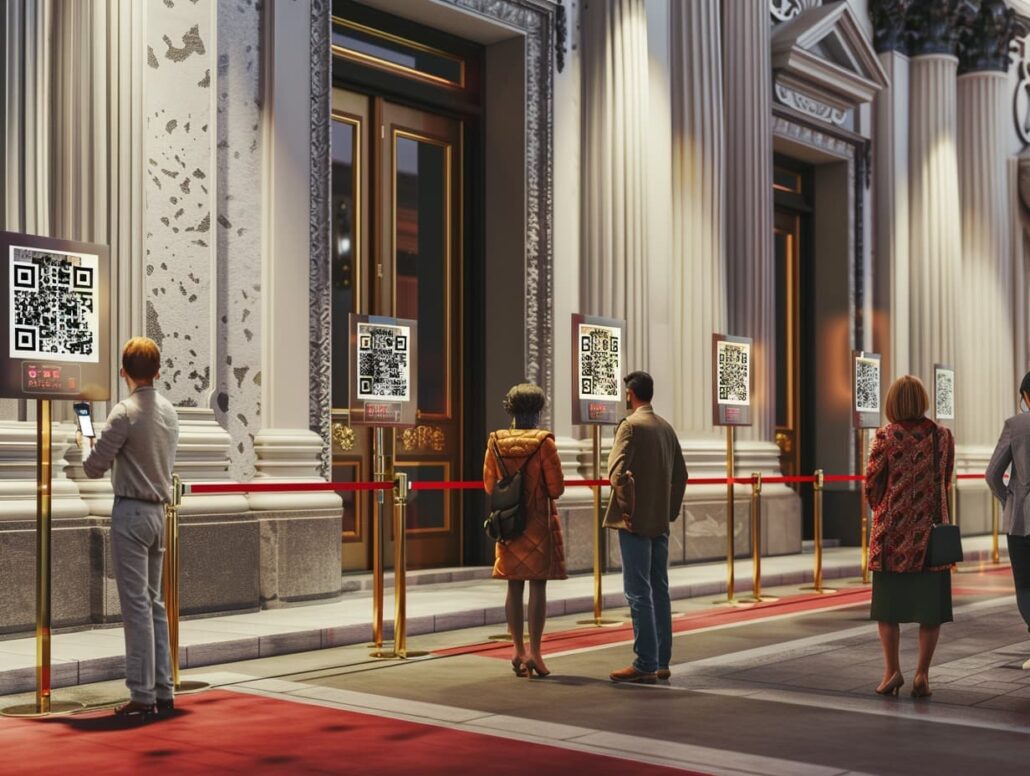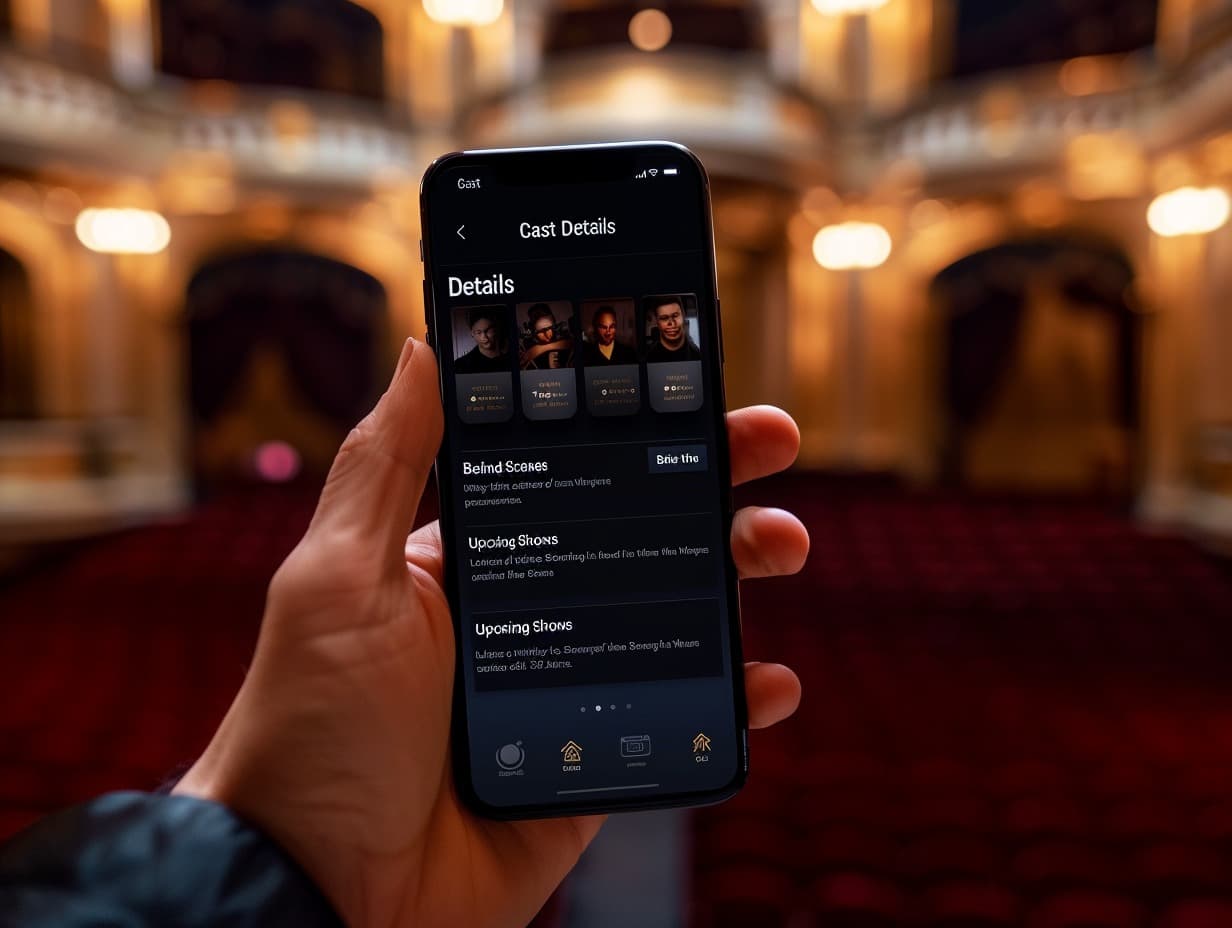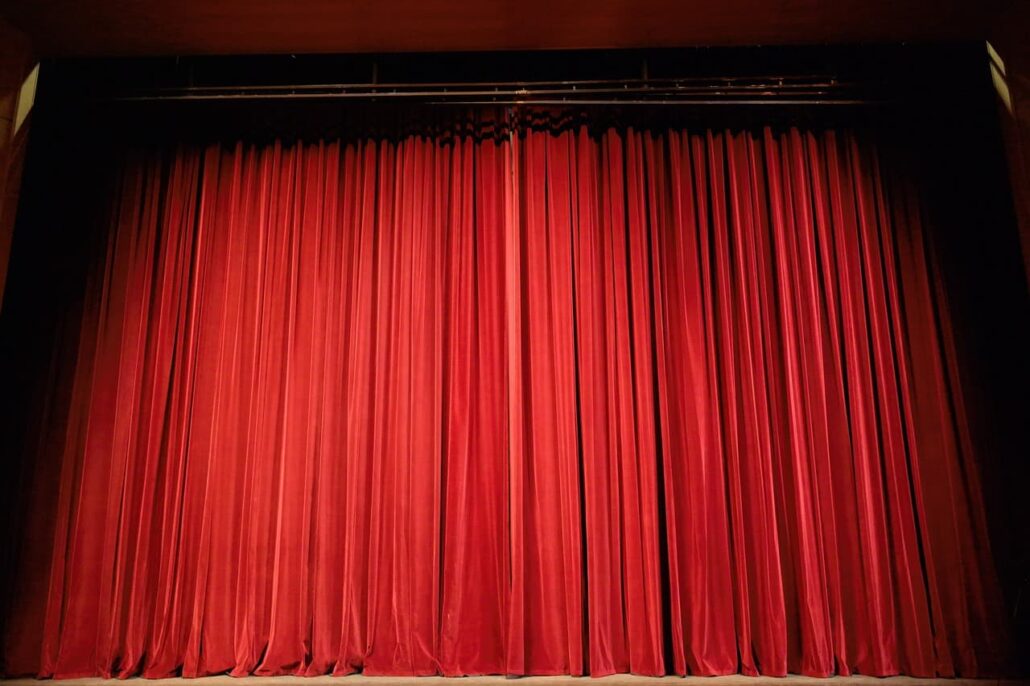In recent years, the shift from traditional paper programs to interactive QR codes in theaters has marked a significant transformation in audience engagement. According to a study by Statista, over 11 million households in the United States used QR codes in 2020, a number that’s consistently rising, demonstrating a growing familiarity and comfort with this technology among the general populace. This movement represents not just a technological upgrade but a reimagining of how theatergoers interact with the content and narratives presented on stage.
The Journey from Paper to Pixels
The evolution of theater programs from printed materials to digital formats encapsulates more than just a technological leap; it signifies a new chapter in the story of theater itself. Initially, these programs served as simple guides, listing the sequence of acts and basic information about the cast. However, as theaters began to explore new ways to bring experiences to the audience, the introduction of QR codes emerged as a pivotal development. By embedding a wealth of information in a simple code, theaters have opened the door to a richer, more engaging experience for every attendee.
Historical Milestones in Theater Programs

- The initial use of printed programs in the 18th century.
- Transition to digital formats in the early 21st century.
- Adoption of QR codes in recent years as a tool for interactive content.
This transformation has been driven by both the desire for environmental sustainability and the aim to deepen audience engagement. By swapping paper for pixels, theaters are reducing their ecological footprint while offering audiences a gateway to a more immersive experience. QR codes in theater programs allow attendees to explore the world of the play or musical they are about to watch in unprecedented depth.
How QR Codes Enrich the Theater Experience
QR codes operate as bridges, connecting the physical world of the theater with the vast expanse of digital content. These two-dimensional barcodes, when scanned by a smartphone, grant immediate access to a curated selection of materials related to the production. This could range from detailed backgrounds of the characters to interviews with the cast and crew, offering insights that enrich the viewer’s understanding and appreciation of the performance.
Types of Content Accessible Through QR Codes
- Behind-the-scenes videos and interviews.
- Detailed biographies of the cast and creative team.
- Interactive elements, such as audience polls or digital programs.
The introduction of QR codes has brought a new level of interactivity to theater programs, transforming them from static documents into dynamic, engaging platforms. By incorporating these codes into their programs, theaters can create a more inclusive and informative experience for their audience. You can create QR codes for Theater Programs or your ads with QR Code generator, offering a simple and effective way to connect audiences with a wealth of additional content.

Embracing the Future with QR Codes
As we look towards the future, it’s clear that the integration of QR codes into theater programs is just the beginning. Emerging technologies, such as augmented reality (AR), promise to further elevate the theater-going experience, offering new ways for audiences to interact with the stories being told on stage. These innovations point to a future where the line between the stage and the audience blurs, creating a more immersive and engaging form of storytelling.
Future Technologies Enhancing Theater Programs
- Augmented reality (AR) experiences are linked through QR codes.
- Virtual reality (VR) backstage tours.
- Personalized content based on audience preferences.
The integration of QR codes into theater programs exemplifies the theater industry’s commitment to innovation and audience engagement. As theaters continue to explore the potential of this technology, they are not only enhancing the audience experience but also paving the way for a more sustainable and interactive future. The use of QR codes in theater programs stands as a testament to the industry’s ability to adapt and thrive in the digital age, offering a glimpse into the future of live entertainment.





